This is the new-and-improved version of Audi's RS Q e-tron rally raider. Building on the lessons learned from a semi-successful Dakar 2022 outing and victory in the Abu Dhabi Desert Challenge the E2 promises better efficiency and less weight as it heads into battle with the dunes and other cars.
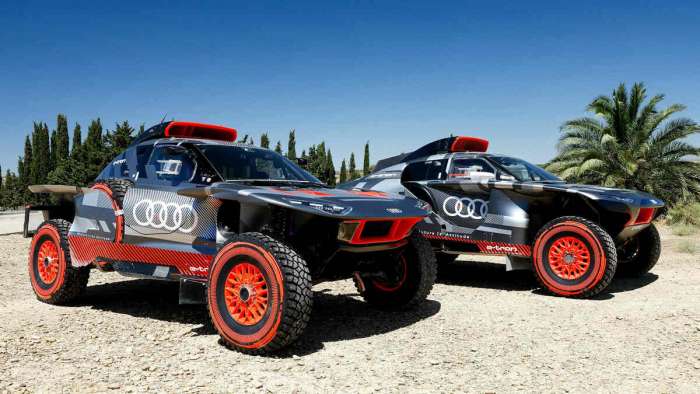
What's The Same?
The E2 retains the hybrid powertrain setup from the first car. Using the Audi RS5 DTM's turbocharged four-cylinder as a generator, the E2 has an e-motor from Audi's Formula E car on each axle and a 50 kWh battery to supply them with power. A third electric motor is used for regenerative braking with a total output of 617 horsepower.
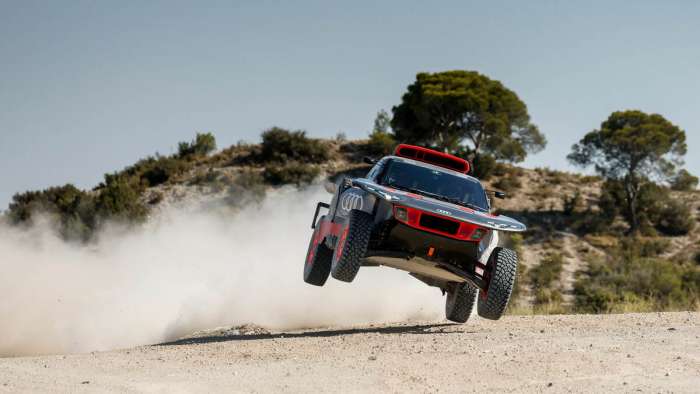
What's New?
The E2 sports an entirely new body for lowered weight and increased aerodynamic efficiency despite having a wider cabin dictated by the sporting rules.
“The Audi RS Q e-tron E2 does not adopt a single body part from its predecessor,” says Axel Löffler, Chief Designer of the RS Q e-tron. In order to comply with the prescribed interior dimensions, the cockpit, which was previously narrowly recessed towards the roof, is now significantly wider. The front and rear hoods have also been redesigned. “We are now doing away with the underflow of the rear hood to the left and right of the B-pillars. In conjunction with modified lay-ups, i.e. optimized fabric layers of the composite materials, this solution reduces weight,” says Löffler. The T1U prototypes will have to weigh 2,100 instead of 2,000 kilograms in the future. Given that the first generation of the RS Q e-tron was overweight, it was still necessary to save several dozen kilograms. This is accompanied by the lowering of the vehicle’s center of gravity.
Despite the larger frontal cross-section created by the wider cabin the E2 is 15% more efficient aerodynamically than the car it replaces.
Operating Strategies
Audi's engineers have been developing the E2's software to find efficiencies and solve problems found with the first-generation version. For example, sporting rules dictate how much energy can be sent to the electric motors. When the previous car went over jumps or lost traction that energy would spike thanks to lowered resistance in turning the wheel and would be flagged by event organizers. The new system detects a loss of traction in these circumstances and cuts power to acceptable levels without sacrificing speed when all four wheels are firmly on the ground.
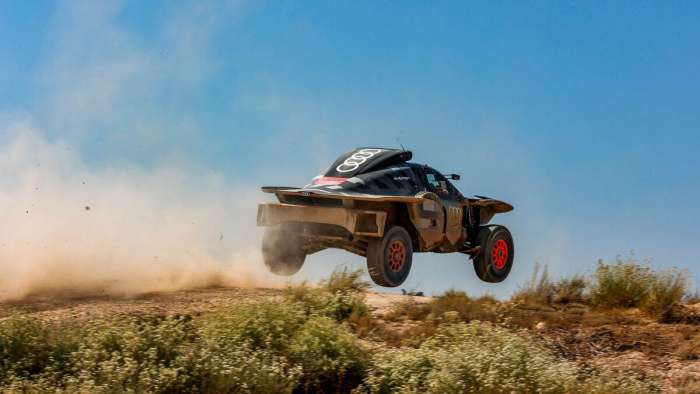
The E2's interior has been improved with the vital air conditioning tweaked to shut down periodically and save energy. Previously the AC had but one speed and would run so enthusiastically that its coolant would start to freeze while pounding through the desert. The new system shuts itself off and starts back up once cabin temperatures start to rise.
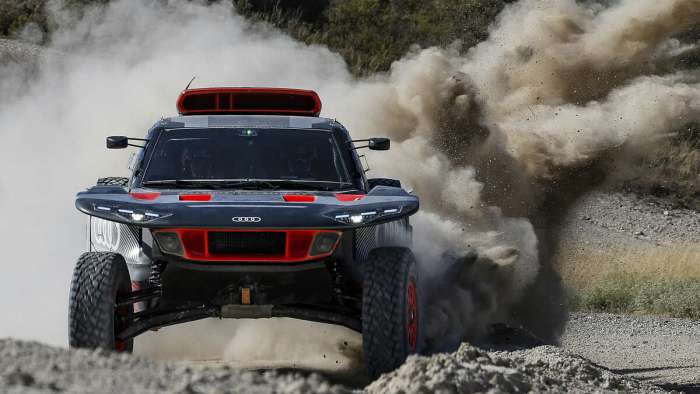
In the event of a puncture the E2's crews will now find it easier to get at the spare wheels mounted on the vehicle's sides as bodywork that previously covered them has been removed. The Audi RS Q e-tron will make its competition debut at the Rally du Maroc in October before taking on the 2023 running of the Dakar Rally starting December 31st.
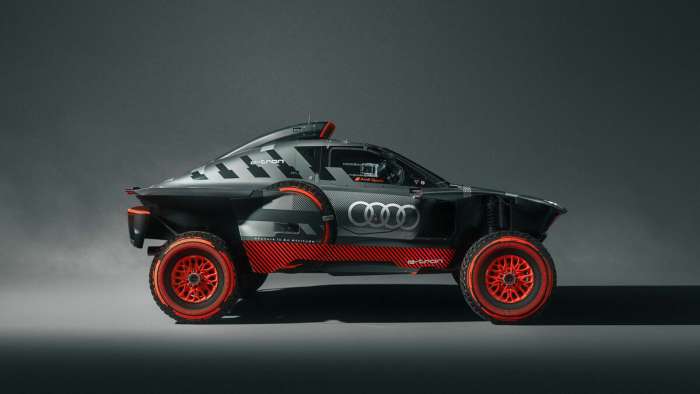
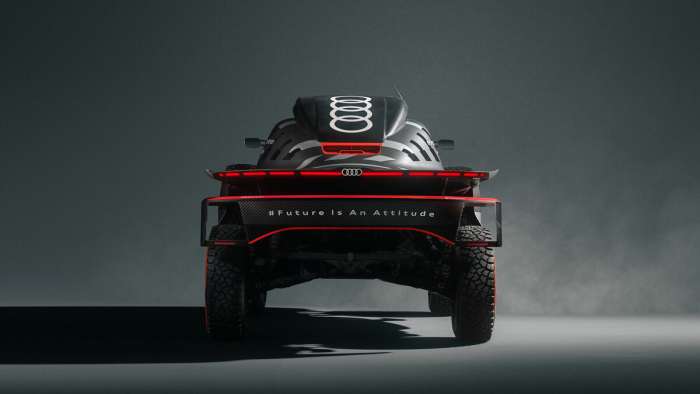
Images by Audi Motorsport licensed by CC BY 2.0.
James Walker is an Automotive Journalist at Torque News focusing on Lucid Motors. If it's got wheels he's interested, and he's looking forward to seeing what kind of cars the EV revolution brings us. Whether it's fast, slow, new, or old, James wants to have a look around it and share it in print and on video, ideally with some twisty roads involved. You can connect with James on Twitter, Instagram, and LinkedIn.












